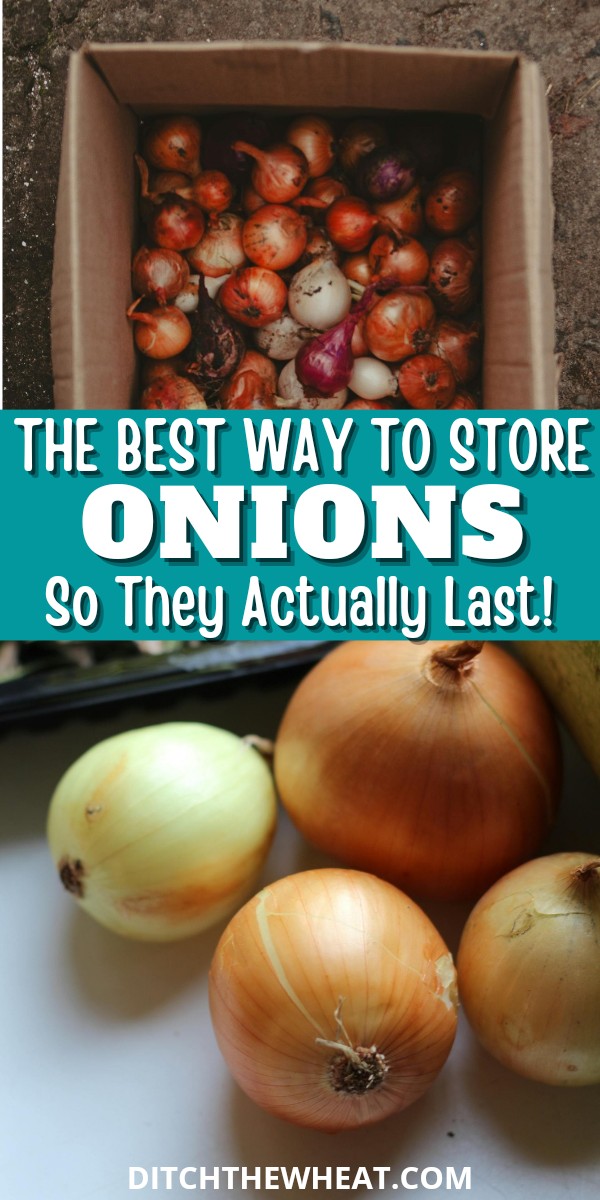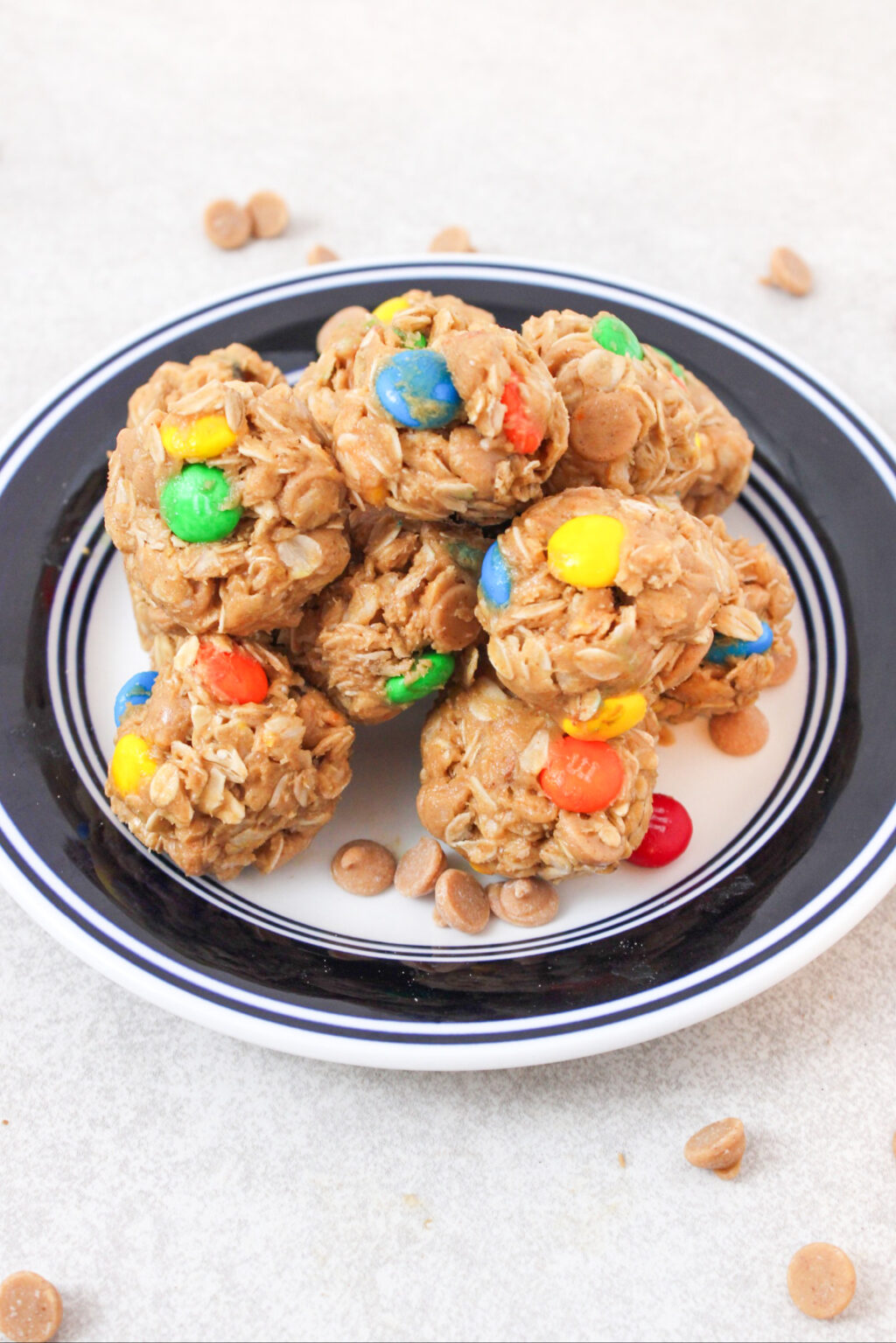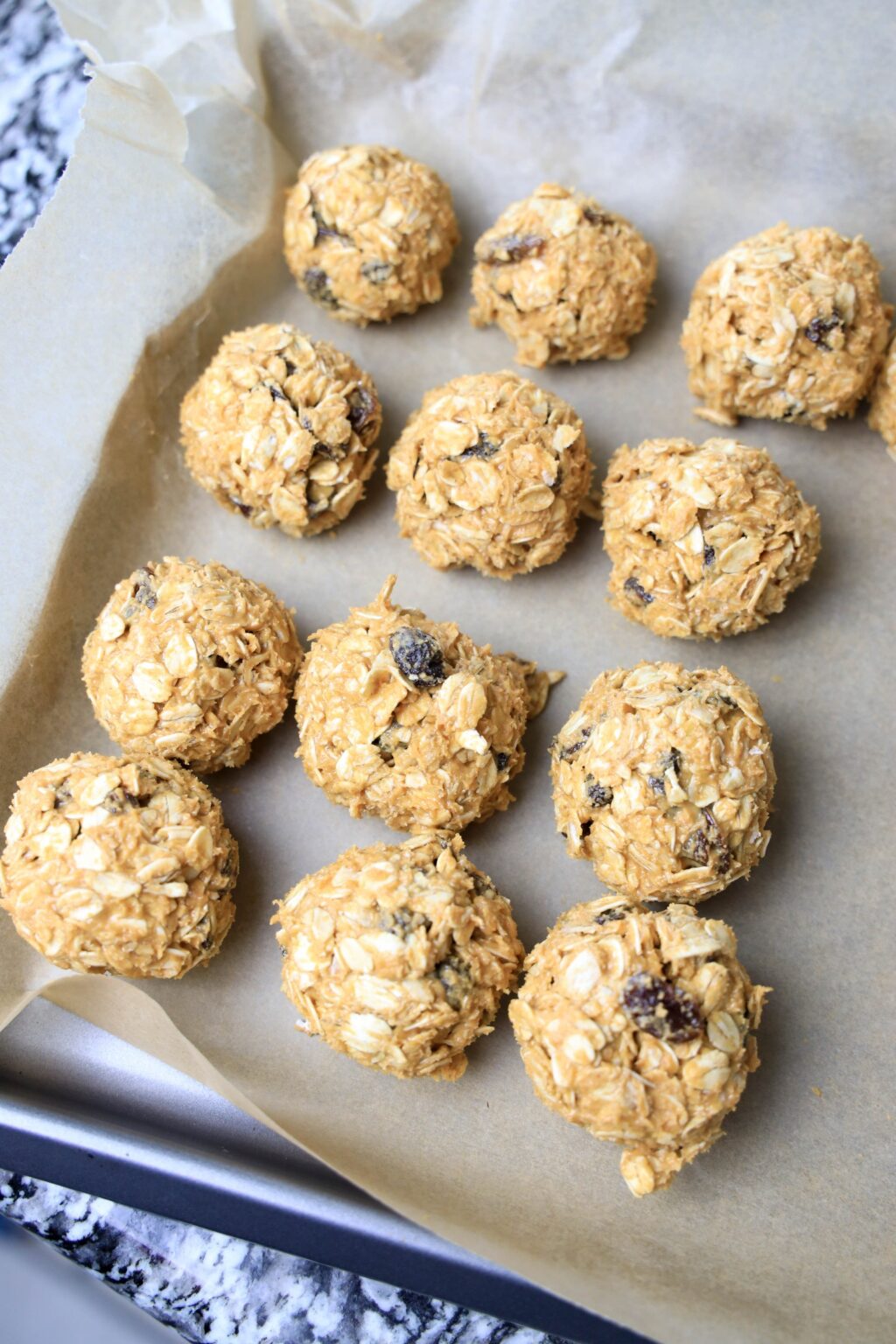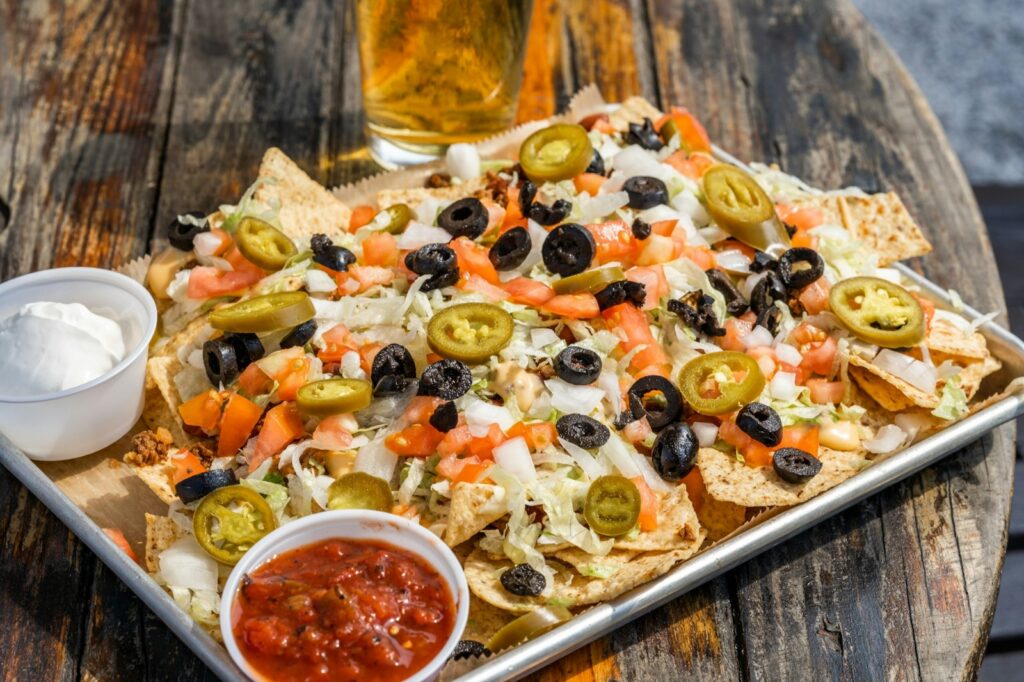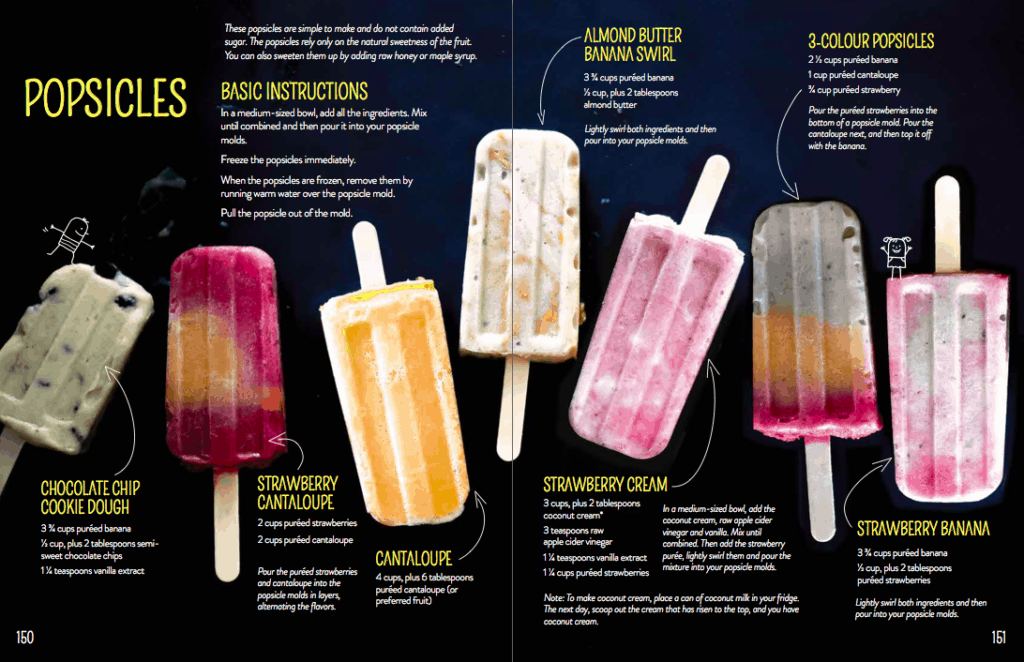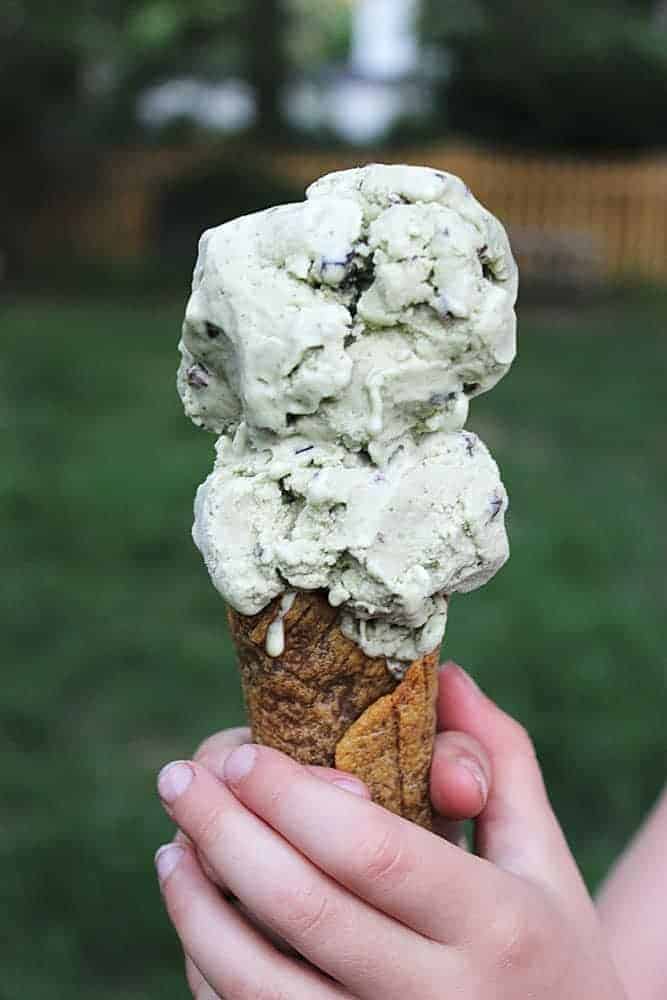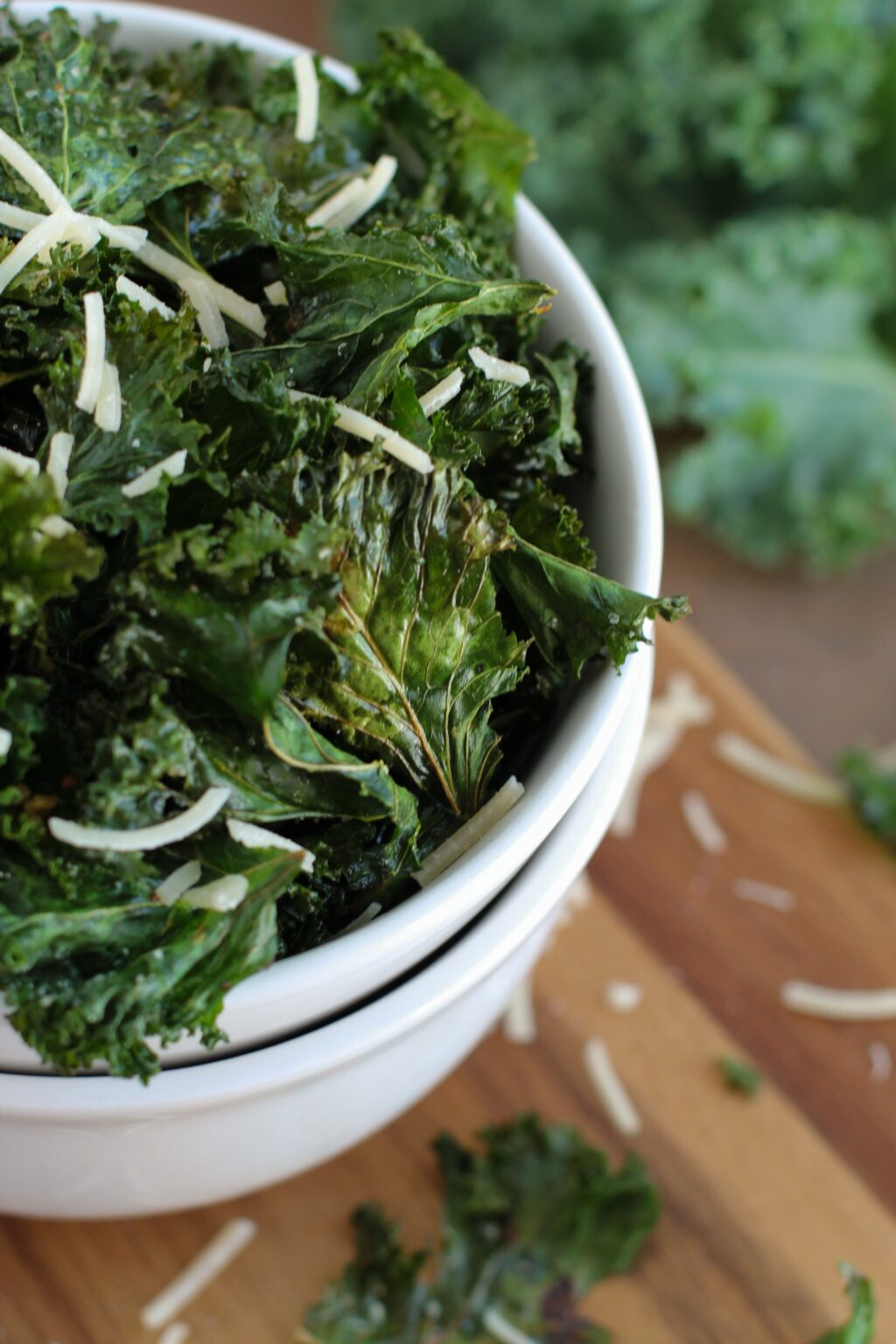Do This One Thing When Storing Onions So They Last
This post contains affiliate links including Amazon affiliate links.
Learning how to store onions properly is the best way to ensure they remain fresh and flavorful for as long as possible. It is frustrating to find a soft, moldy onion in your pantry just when you need it for a recipe. Luckily, you can prevent this with a few simple storage techniques and reduce food waste.
The right type of storage can significantly extend an onion’s shelf life. Each storage method is suited to different types of onions and the length of time you wish to store them.
Knowing the best approach makes all the difference, whether you’re dealing with sweet onions that you plan to use quickly or more pungent varieties intended for long-term storage.
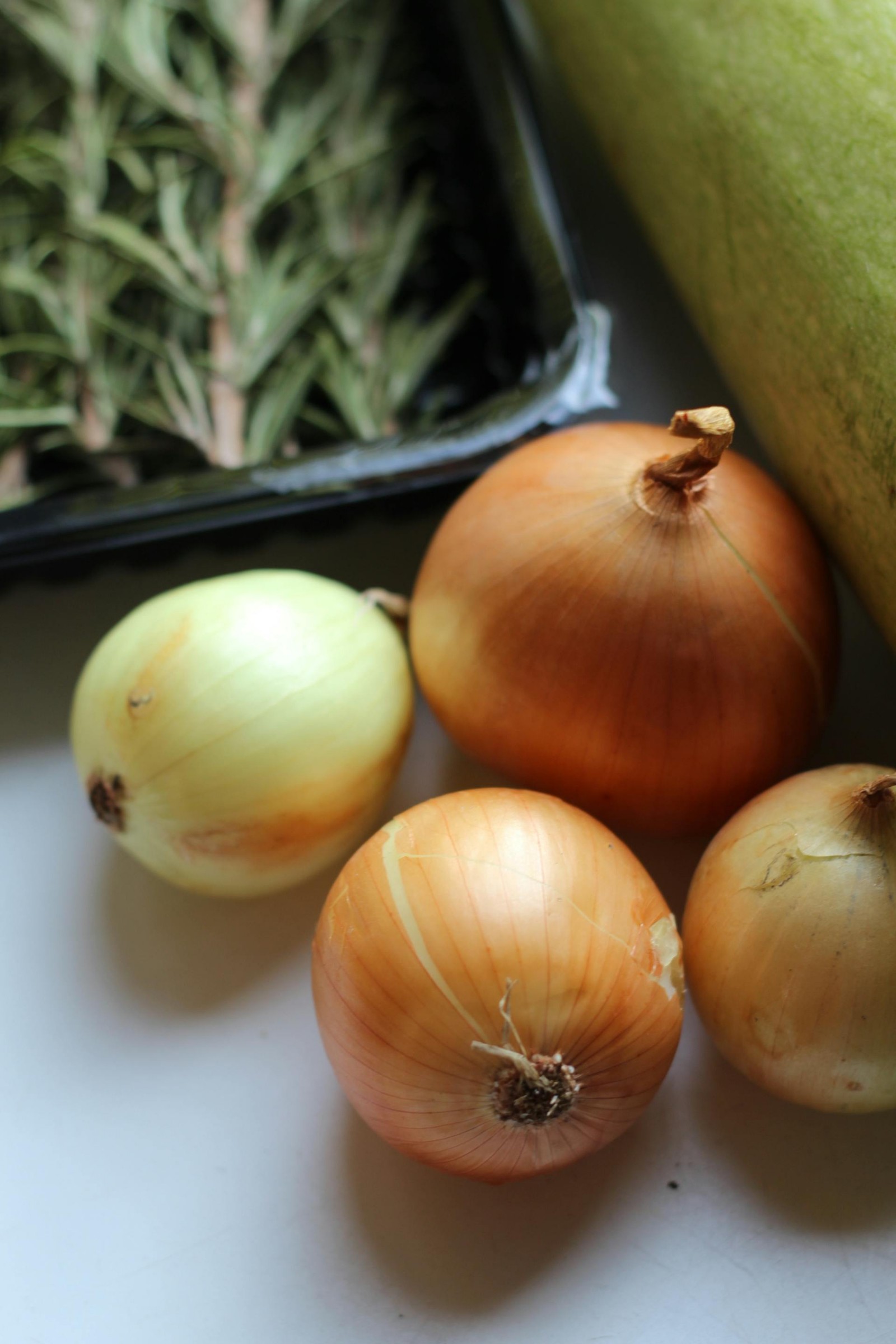
Important Considerations
Storing onions is all about finding the perfect Goldilocks zone — not too hot, not too humid and with just the right amount of airflow.
Understanding how to store onions according to these factors is crucial for their longevity. Follow these tips, and your onions will last for weeks or even months.
Temperature and Humidity
Store onions in a cool, dry place, ideally at temperatures between 45 F and 55 F. The perfect humidity level is between 65% and 70%. Try to avoid dramatic temperature swings, as this can cause condensation and decay.
Light and airflow
Keep your onions in a well-ventilated spot that is shielded from direct sunlight. Sun exposure can lead to sprouting or spoilage. Good airflow reduces moisture buildup, which helps prevent mold and rot.
How to Store Onions Long Term
Here are some of the best storage methods for whole onions, including white, yellow, and red onions. Green onions and sweet onions have different storage requirements, which are discussed below.
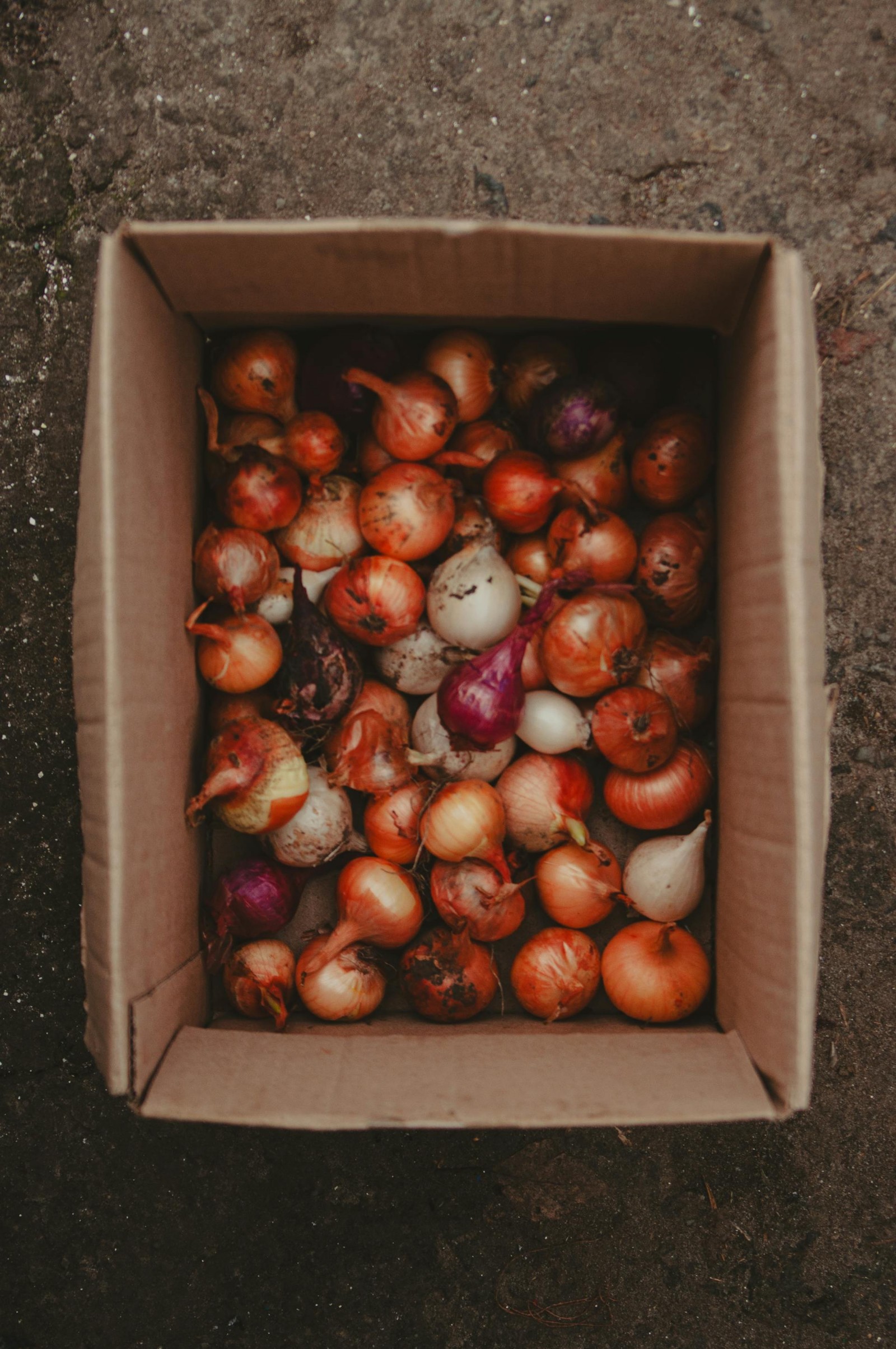
How to Store Onions in Bins and Boxes
Wooden bins or cardboard boxes with holes for air circulation are excellent for storing large quantities of onions.
They provide ample space, allowing onions to be held in bulk, which is helpful for anyone who buys large quantities or harvests them from their garden.
Bins or boxes provide good air circulation as long as they are not packed too tightly. This is crucial for preventing moisture buildup, which leads to mold and rot.
Keep these storage containers in a dark place to avoid direct sunlight. Overall, bins or boxes provide convenience, efficient space utilization, and the environmental conditions needed to keep large quantities of onions fresh for an extended period.
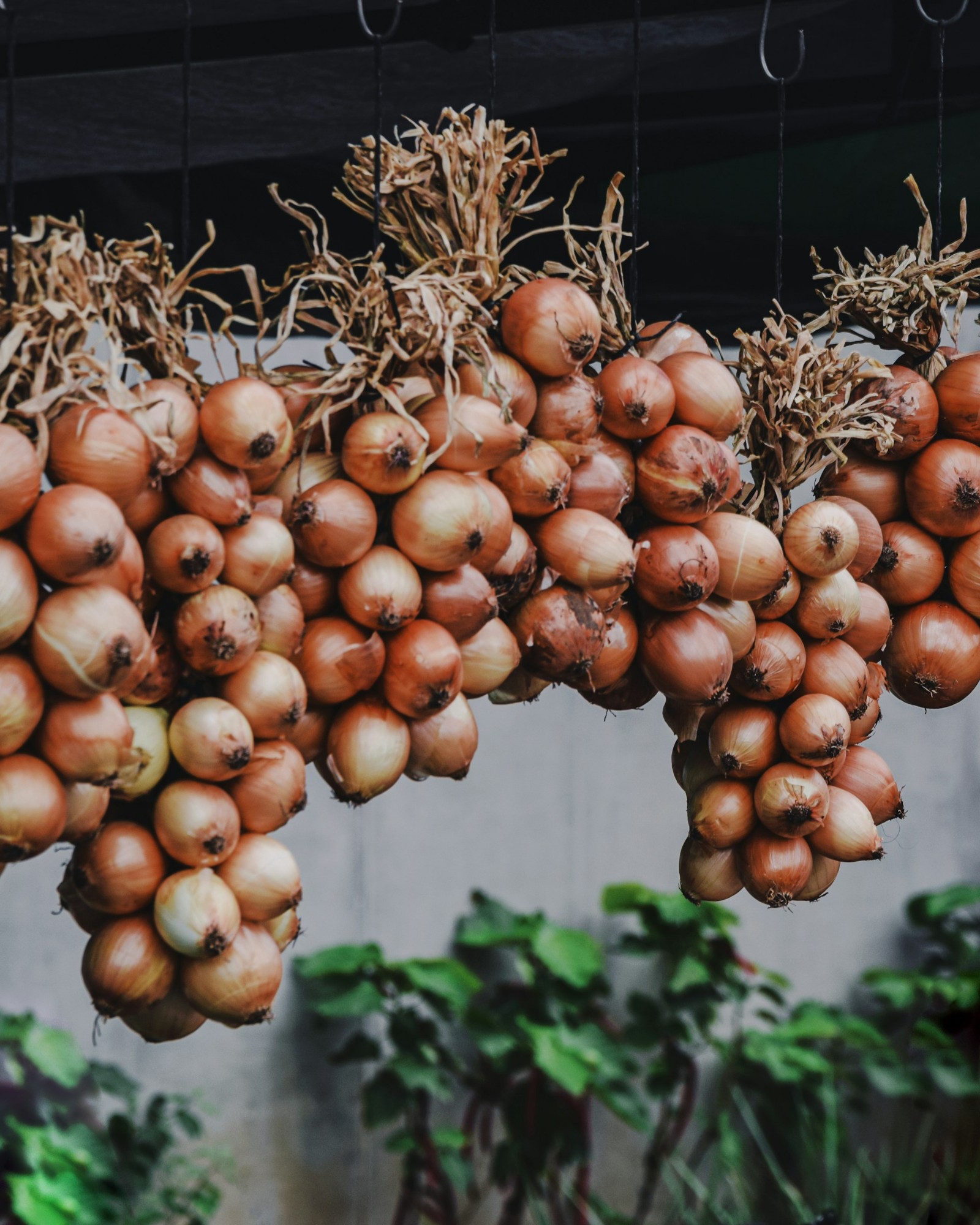
Hanging Onions
Hanging onions is effective since it promotes excellent air circulation, reducing the risk of moisture buildup. It also mimics traditional drying methods that have been used for centuries.
This method takes advantage of vertical space, which makes it ideal for someone with limited storage space. Ensure the onions hang out of direct sunlight in a cool, dry spot. Here are three popular methods for hanging onions.
- Mesh bags or netting: Place onions in mesh bags or netting that allow airflow. Hang these bags from hooks or nails in a dry, airy space.
- Braided onion tops: For onions with long, flexible stems, braiding the tops together creates a natural hanging chain. This method stores the onions effectively and adds a rustic charm to your kitchen.
- Pantyhose: Try knotting onions into the legs of the pantyhose and hanging them. Place an onion into the foot, tie a knot above it, add another onion and repeat. Cut below a knot whenever you need an onion.
“I usually buy a bag of onions when I’m out shopping. When I get home, I take them out of the bag, put them in a basket and spread them out so they get some air. The basket sits in a shady corner of my veggie rack, away from any sunlight.”
— Jere’ Cassidy, One Hot Oven
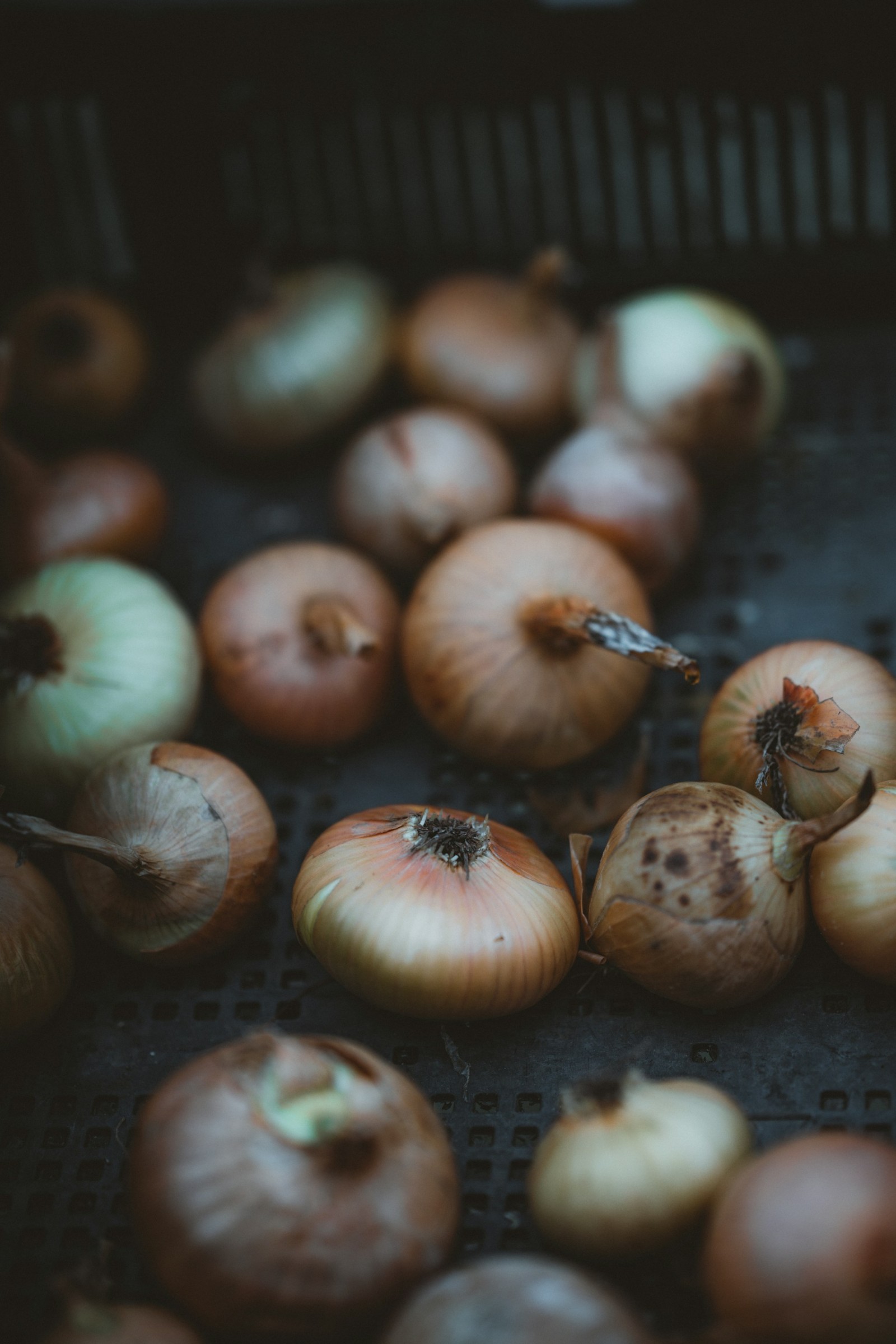
Storing Sweet Onions
Sweet onions have a mild flavor and subtle sweetness, which makes them perfect for salads or for classics like a blooming onion. However, their high water content makes them more perishable than other whole onions.
Hanging is an excellent option for storing sweet onions, but they don’t keep as well when stored in boxes. You can also store them in the refrigerator’s vegetable bin for a few weeks. Wrap them in paper towels to absorb moisture and keep them away from other vegetables.
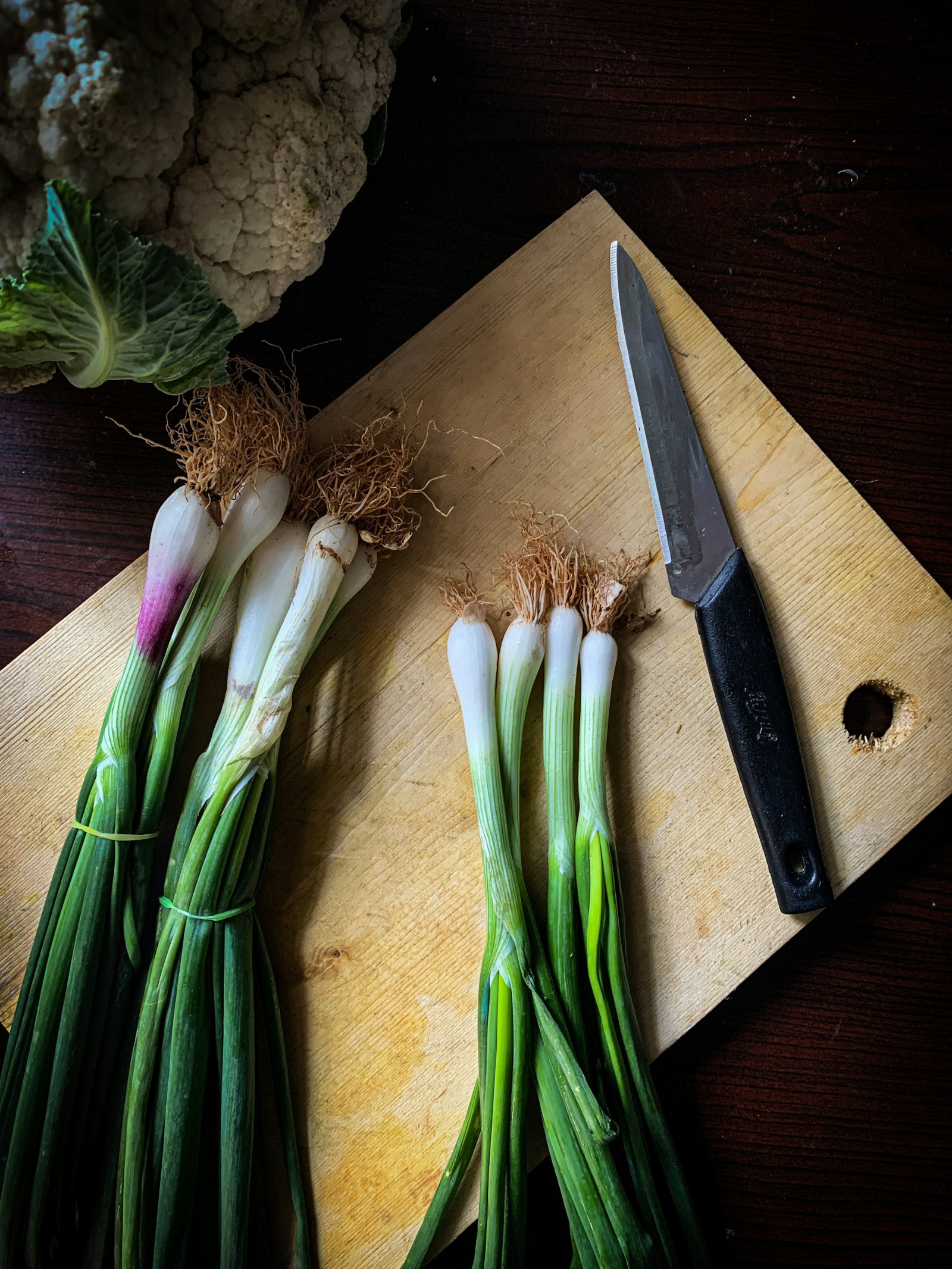
Storing Green Onions or Scallions
Green onions have a much shorter shelf life than bulb onions. Wrap them loosely in a damp paper towel and place them inside a breathable bag or container in the refrigerator.
They should stay fresh for about one week. Avoid washing them before storage, as this adds moisture and speeds up decay.
Common Onion Storage Mistakes
Onion storage isn’t rocket science, but there are a few pitfalls to avoid. These mistakes can shorten their lifespan and leave you with bland, sad bulbs.
- Using plastic bags: Plastic bags trap moisture, leading to mold and soft, squishy onions. Mesh bags are a better choice. If you buy onions in plastic bags, take them out as soon as you get home from the store.
- Storing onions near other fruits and vegetables: Onions, potatoes, bananas, and many other fruits and vegetables emit ethylene gas, which speeds up the ripening process for nearby produce. Keeping these stored separately will extend their shelf life.
- Storing onions in the refrigerator: A refrigerator is too cold and moist for fresh onions other than green or sweet ones. However, it does work for onions that are chopped or sliced. These should be stored in the refrigerator tightly sealed in an airtight container or plastic wrap. They will stay fresh for about one week.
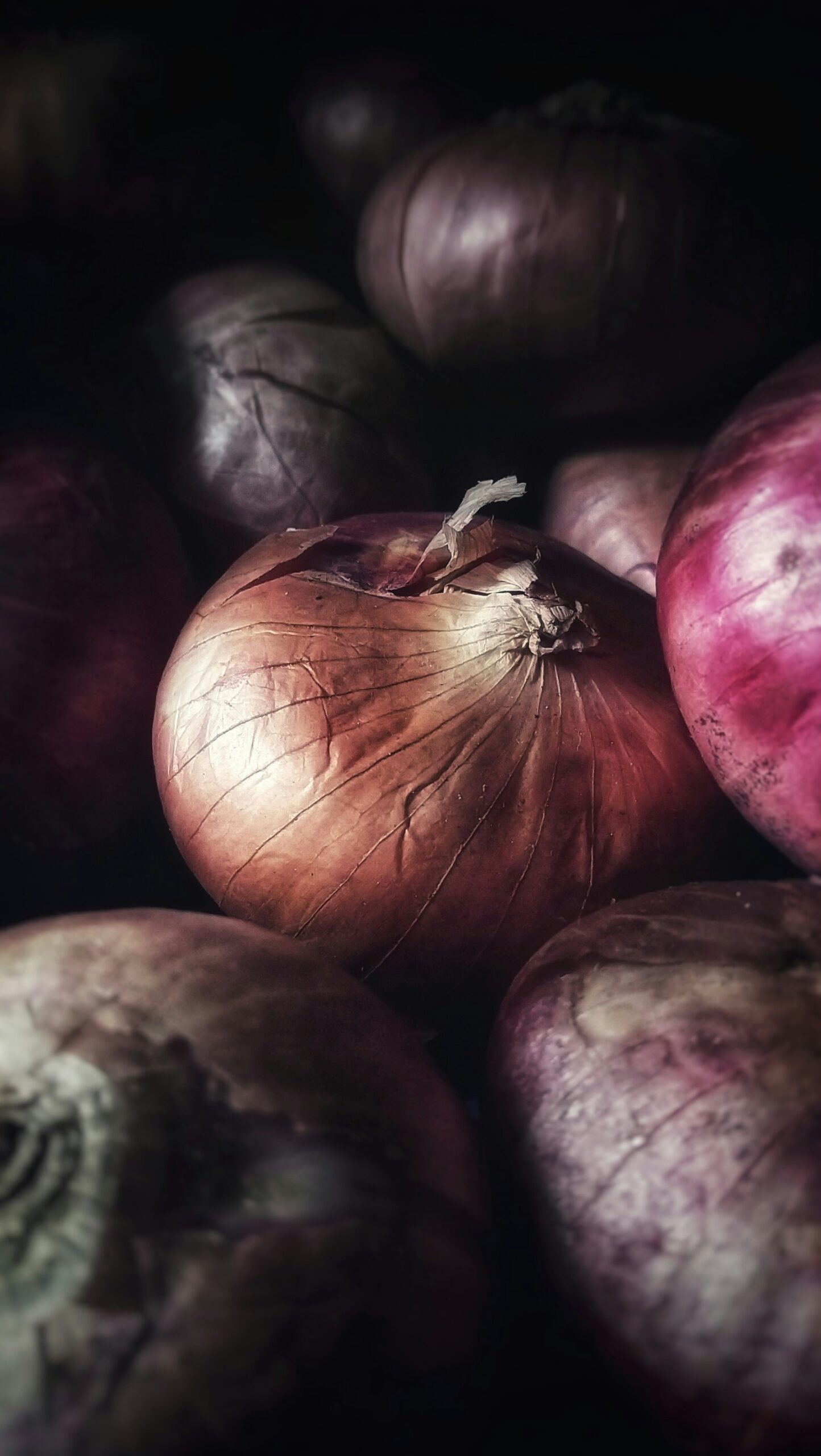
Maximizing Onion Shelf Life
Frequent checks and storage rotation are essential for long-lasting onions. Inspect your onions at least once a week. Look for signs of moisture, mold, or sprouts. Immediately remove any onions showing signs of spoilage to prevent the spread of rot.
Additionally, use your older onions first. When adding new onions to your storage, place them behind or beneath the older ones.
Other Preserving Methods
If you don’t want to store large quantities of onions, there are other preservation methods that go beyond these basic methods. For long-lasting flavor, you can freeze, pickle, or dehydrate your onions.
Freezing Onions
To freeze onions, first peel and chop them to your desired size. Spread the chopped onions on a baking sheet in a single layer and freeze until solid. Once frozen, transfer the onions to airtight containers or freezer bags. Frozen onions will stay fresh for up to eight months.
Pickled onions
Pickling onions is a delightful way to preserve their crispness and add a tangy flavor, making them a versatile condiment. You can make refrigerator pickles or process them with water bath canning. Pickled onions can last for months.
Dehydrating onions
Dehydrating onions locks in flavor and significantly extends shelf life. Peel and thinly slice the onions. Arrange the slices in a single layer on dehydrator trays, making sure they don’t overlap.
Set your dehydrator to 125 F and dry for 10 hours or until completely crisp. Store the dehydrated onions in an airtight container in a cool, dark place. They can last for up to a year.
Mastering how to store onions is essential for anyone looking to make the most of their kitchen staples. Whether you’re hanging them in a cool, dry area, keeping them in mesh bags for good air circulation, or even dehydrating them for extended preservation, there’s a method that can fit your lifestyle.
With these tips, you can make sure you always have onions on hand to create delicious dinners, from savory soups to flavorful fajitas.
This article originally appeared on Food Drink Life.
More Food Storage Tips
- The Best Way to Store Mushrooms
- How to Freeze Avocados
- How to Store Strawberries
- The Best Way to Store Potatoes
- How to Store Almond Butter
- The Best Way to Store Almond Flour
DISCLOSURE: Not intended for the treatment or prevention of disease, nor as a substitute for medical treatment, nor as an alternative to medical advice. Use of recommendations is at the choice and risk of the reader. Ditch the Wheat is a participant in the Amazon Services LLC Associates Program. As an Amazon Associate I earn from qualifying purchases. I may receive monetary compensation or other types of remuneration for my endorsement, recommendation, testimonial and/or link to any products or services from this blog. I only endorse products that I believe in.

Anne Jolly
Anne Jolly is the creator of the food blog Upstate Ramblings. She loves to cook with gadgets like an air fryer, sous vide, or pressure cooker. In her free time, she enjoys hiking, reading, knitting, and spending time with her three kids.
Gluten Free Resources
Do you need help with gluten free meals?
I recommend this meal-planning app. It makes cooking gluten free dinners extremely easy and family-friendly.
What gluten free snacks can I eat?
Lots! I have a ton of practical gluten free snack recipes in my cookbook.
How can I eat dessert on a gluten free diet?
You can 100% eat dessert while eating gluten free. Try my dessert cookbook for easy gluten free dessert recipes.
How do I know what is gluten free and what isn’t?
I have a whole section is it gluten free?
How do I make substitutions?
If you need substitution advice I created a ton of resources here.

